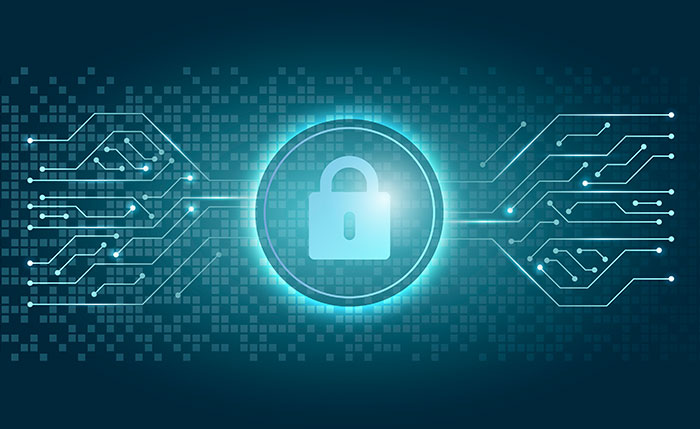Cybersecurity is the state of protecting servers, computers, mobile devices, electronic systems, networks and other programs from digital attacks. These attacks are usually aimed at changing, accessing, or destroying sensitive information; interrupting the usual business process, or extorting money from users.
A successful approach for cybersecurity has multiple protection layers expanded throughout the programs, computers, network or data that you may want to keep safe. In any organization, the processes, technologies and people must support each other to build a powerful defence from cyber attacks.
Based on the information from the best PC Cleaner Optimizer, the term ‘Cybersecurity’ is applied to numerous context, from business to computing to the mobile network, it can be divided into the following categories.
- Application Security
It uses hardware and software to protect against threats that can occur at the time of the application development stage. Some of the application security are firewalls, antivirus and encryption.
- Operational Security
It refers to the decisions and processes that take place for protecting and handling data asset.
- Network Security
It is the method of securing the network of the computer from attackers, malware or intruders.
- Informational Security
Infosec protects both digital and physical data or any other essential data regardless of their format from the unauthorized access, disclosure, use, change, deletion or other malintent.
- End-User Education
End-User Education teaches users to know and follow the best practices to keep themselves safe from any malicious activities and frauds
Types of Cyber Threats
To implement and balance an appropriate level of cybersecurity one of the major perspective that you need to understand is the threats an organization or individual can face. You will find several types of cyber threats that can harm your network and devices, but they are divided into three major categories.
- Attacks on Integrity:
These attacks include sabotage on personal or organization and are known as a leak. An attacker will gain access to the information and release them in order to expose your data while encouraging users to lose trust in the organization or person.
- Attacks on Availability:
In these attacks, the cyber attacker’s core aim is to block users from accessing their own data and only provide them access after acquiring a ransom or fee. In such cases, companies pay the ransom and fix the vulnerabilities to avoid any future business halting.
- Attacks on Confidentiality:
These attacks are basically designed to steal your bank details, personal identification information or credit card details. After these attacks, your details can be traded or sold on the dark web for others to use.
Few cyber threats that fall under these three categories are Phishing attacks, malware, ransomware, and Advanced Persistent Threats. But with the Best Computer Cleaning Software, you can easily keep your computer clean and protected.
Division of Cyber Attacks
Just like the cybersecurity tactics are evolving, so are the cyber threats to security where malicious software along with other dangerous methods taking new forms. Cyber Threats does not discriminate, every person who is using the internet are at risk of being targets. To keep yourself safe you need to understand what cybersecurity threats are there.
- Cyberattacks are dedicated for political purposes and are designed to collect and distribute your personal information.
- Cybercrime focuses on individuals who target the system to have financial gains.
- Cyberterrorism is specially designed to breach electronic systems to cause fear and panic in victims.
How To Keep Yourself Protected?
To stay protected from cybercrimes keep in mind to follow the listed steps.
- Back up your files regularly to provide extra security if in case your computer or data get hacked. Even if you had to restore your PC because of the impact of a cyberattack, you will not have to worry about your files.
- Always use trusted sites if you are giving any personal information. One of the common ways to find the security of the website is to cross-check the URL, If you see "https://" then the site is secured however if the s is missing and you see "Http://" then avoid entering any sensitive information on that site.
- Never open attachment or link received from unknown sources as they might contain malware or virus in them.
- Always keep your software and device updated as they contain the easy fix for security vulnerabilities.
You should not forget that cybersecurity is continuously evolving which can make it hard to stay up to date all the time. However, staying informed and being careful you can easily protect yourself or your business. Besides, you can add extra protection to your device with multifunctional PC Cleaner - IGS Cleaner.

